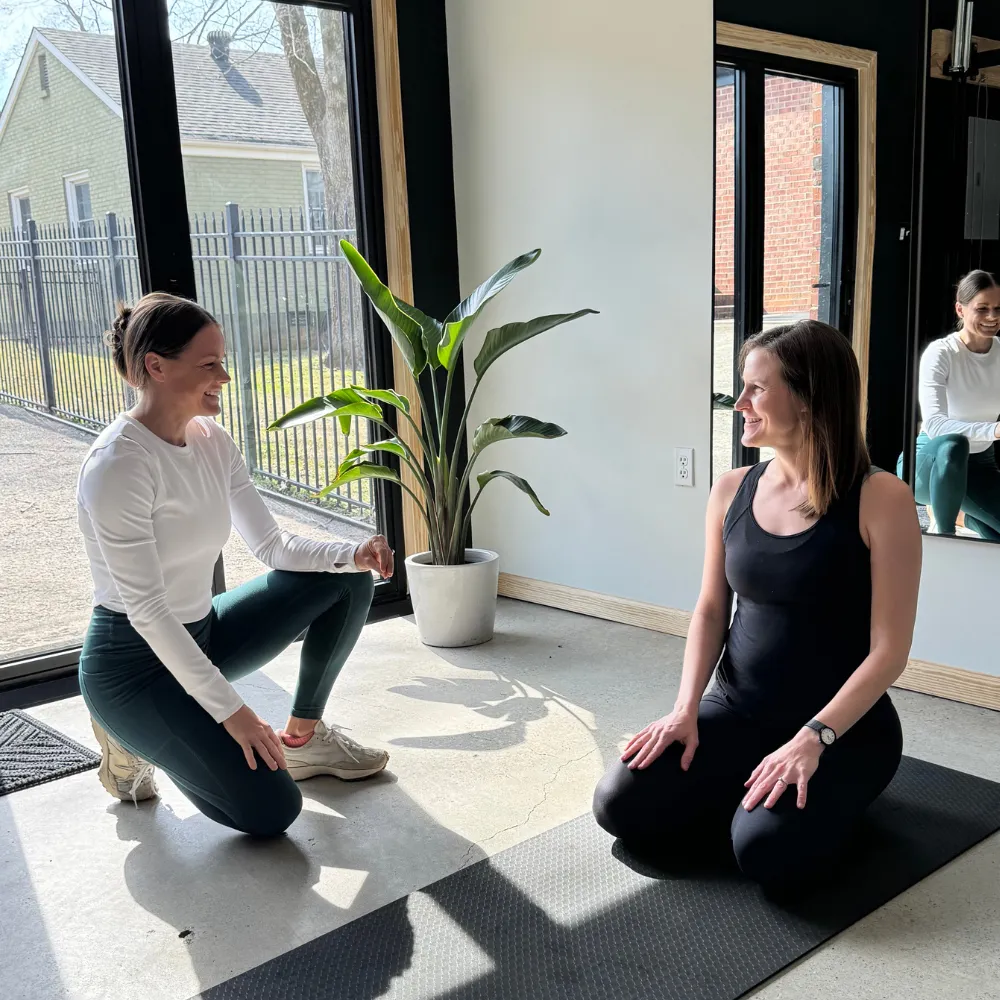
The Link Between Pelvic Floor Dysfunction and Lower Back Pain
As a Doctor of Physical Therapy who has spent years supporting women through their most transformative journeys, I want to share something crucial that often goes unnoticed: the intricate relationship between your pelvic floor and those nagging lower back aches that seem to linger long after pregnancy or become a constant part of your daily life.
Your Core’s Role in Pain and Stability
Imagine your body as a beautifully complex support system. Your pelvic floor isn't just a group of muscles – it's a powerful foundation that connects everything from your breathing to your movement. According to the National Institutes of Health, over 25% of women experience pelvic floor disorders, and a staggering 60-80% of adults face chronic lower back pain at some point in their lives.
These aren't just statistics – they're real experiences shared by countless women I've treated in my pelvic floor physical therapy clinic in Nashville.
Understanding Pelvic Floor Dysfunction
Pregnancy, childbirth, daily stress, and even seemingly unrelated activities can create imbalances in your core muscle system. Your pelvic floor works intimately with your diaphragm, abdominal muscles, and back muscles – what we call the "core canister." When this delicate system is disrupted, it can manifest as:
Persistent lower back pain
Hip tightness
Sciatic-like symptoms
Uncomfortable pressure in the pelvic area
Challenges with core stability
Many of my patients are surprised to learn that their chronic hip and back pain might actually stem from pelvic floor issues.
Pelvic Floor and Pain
During pregnancy and postpartum, your body undergoes remarkable changes. The muscles and connective tissues in your pelvic region stretch and adapt, sometimes creating long-term compensation patterns. What many women don't realize is that these changes can persist long after giving birth, leading to ongoing discomfort.
Symptoms That Often Get Missed
Unexplained lower back pain
Difficulty engaging core muscles
Feeling of instability when lifting or moving
Persistent tension in the lower back and hips
A Holistic Approach to Healing

In my physical therapy practice, we don't just treat symptoms – we address the root cause. Our approach includes:
Comprehensive pelvic floor assessments
Manual therapy techniques
Targeted birth recovery exercises
Postural re-education
Specialized techniques like dry needling and cupping
What to Expect in Pelvic Floor Therapy
Detailed Evaluation: A thorough examination of your muscle function, movement patterns, and pain triggers.
Personalized Treatment Plan: Strategies tailored to your unique body and experience.
Empowerment Through Education: Understanding your body's signals and how to support its healing.
Resources and Hope
For those seeking more information, I recommend checking out resources from:
National Institutes of Health (NIH) research on pelvic health
Your Journey, Your Healing
To every woman reading this – your pain is valid, your experience matters, and healing is possible. Whether you're a new mom navigating postpartum recovery or someone struggling with persistent back pain, our postpartum strength classes are designed to support you every step of the way.
Ready to Take the First Step?
Don't let pain define your story. A pelvic floor therapy assessment could be the key to unlocking a pain-free, more confident you. Your body has an incredible capacity to heal, and we're here to support that journey.